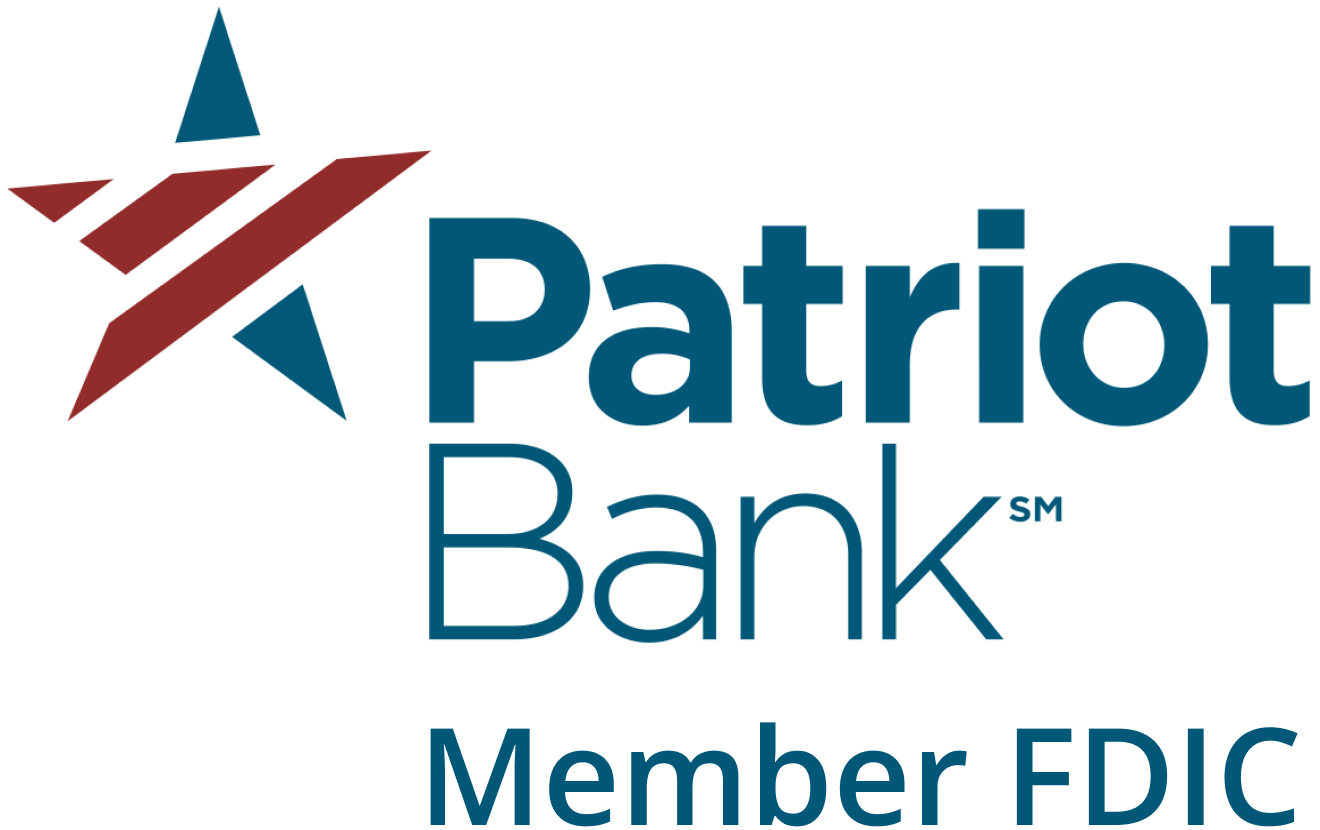How to use a high-yield savings account to grow your money faster
A high-yield savings account is a practical and effective way to grow your money faster while keeping it safe. By understanding how these accounts work and incorporating them into your broader savings strategy, you can make your money work harder for you while maintaining flexibility and access to your funds.
If you're ready to start maximizing your savings, Raisin makes it easy to find high-yield savings accounts to fit your needs. Our partner banks and credit unions offer competitive rates with federal deposit insurance coverage up to applicable limits on all accounts.
Use Raisin to compare, fund, and manage a suite of HYSAs easily and start saving today.

What if you could earn more money from a savings account without doing too much more than you already do? It sounds almost too good to be true, right? Allow us to introduce you to the high-yield savings account (HYSA).
As the name implies, a HYSA offers an opportunity to earn a higher yield, meaning more money, on your balance than a traditional savings account.
The better earning potential makes HYSAs an excellent option for storing emergency funds, saving for short-term goals or large purchases, or simply allowing you to earn more on your savings.
There are plenty of HYSAs to choose from, but not all are created equal. Before you make any decisions, we'll look at what to know about high-yield savings accounts and answer some frequently asked questions like, "How do high-yield savings accounts work?" and "Can you withdraw from a high-yield savings account?"
What is a high-yield savings account?
Before we dive deeper into the world of high-yield savings accounts, let's establish the basics, like what a high-yield savings account is. A high-yield savings account is a type of savings account that offers higher interest rates compared to a traditional savings account.
Online banks or credit unions typically offer these accounts, which allows them to offer higher rates due to lower overhead costs. The primary advantage of a high-yield savings account is the ability to earn significantly more on your deposits.
Today's top rates on Raisin
$
Bank
Product
APY
New Raisin Users: 60-Day Rate Lock
New Raisin Users: 60-Day Rate Lock

mph.bank, a division of Liberty Savings Bank, F.S.B., Member FDIC
High-Yield Savings Account
4.01%
$2,005.00
Raisin is not an FDIC-insured bank or NCUA-insured credit union and does not hold any customer funds. FDIC deposit insurance covers the failure of an insured bank and NCUA deposit insurance coverage covers the failure of an insured credit union.
How does a high-yield savings account work?
How does a HYSA work, exactly? A high-yield savings account works similarly to a traditional savings account but with the added benefit of earning a higher interest rate. Here's how it typically works:
- Deposit your funds: The first step is to open a high-yield savings account, you'll deposit your money just like in a regular account.
- Earn interest: Your HYSA will generally offer a higher annual percentage yield (APY) than a regular savings account, so your money will be able to grow faster over time.
- Access your funds: While there may be withdrawal limits (some institutions may impose a limit, however no HYSAs offered through Raisin have withdrawal limits), you can generally access your money whenever you need it without penalties.
HYSAs vs. traditional savings accounts
High-yield and traditional savings accounts are more similar than they are different — they're both liquid, have no or low fees, and provide various deposit and withdrawal options.
If you’re looking to earn high interest for a savings account, a high-yield savings account may be right for you.
The main benefit of a HYSA is that it will generally offer higher interest rates. According to the Federal Deposit Insurance Corporation (FDIC), the average interest rate for a regular savings account is just 0.40% (as of October 2025). Many high-yield savings accounts, like those available through Raisin's partner banks and credit unions, offer rates many times what traditional accounts are paying.
How much of a difference does this make? If you deposit $100,000 into a traditional savings account with a 0.40%, you'll earn just $400 in total interest after one year.
But if you deposit that amount into a high-yield savings account offering, say, 4.00% APY,* your one-year interest soars to over $4,000.
What is the best way to use a high-yield savings account?
This is a great question and, ultimately, one that only you can answer, depending on your financial goals. However, there are some common strategies savers use to maximize their HYSA benefits:
- Emergency fund: Building an emergency fund in a high-yield savings account is a smart move because the funds will remain easily accessible while earning a high interest rate. You should aim to save three to six months’ worth of living expenses in this account.
- Saving for short-term goals or large purchases: Whether planning for your dream European vacation, saving up for your dream home, or another short-term financial goal, a high-yield savings account can help your savings grow faster while keeping your money safe.
- Hold excess checking account funds: Keeping excess cash in a checking account means missing out on potential interest earnings. You can earn interest without sacrificing liquidity by transferring excess funds into a high-yield savings account.
- Supplementing your retirement savings: While a high-yield savings account probably shouldn't replace long-term investments like IRAs or 401(k)s, it can serve as a supplemental savings vehicle for retirement, especially for funds you may need to access in the near future.
Pros and cons of high-yield savings accounts
Before deciding to open a high-yield savings account, it's important to weigh the pros and cons.
Pros of HYSAs
- High interest: The most significant advantage is the ability to earn high interest on a savings account. Many high-yield savings accounts offer APYs that are several times higher than traditional savings accounts.
- Liquidity: Unlike certificates of deposit (CDs) or other investment accounts, high-yield savings accounts generally allow you to withdraw your money without penalties, providing flexibility when needed.
- Low risk: Since most high-yield savings accounts are protected by federal deposit insurance (up to $250,000 per depositor, per institution), your money is safe even in the event of bank or credit union failure.
- No or low fees: Many high-yield savings accounts, like those on the Raisin platform, come with no monthly maintenance fees, allowing you to grow your savings without incurring unnecessary costs.
Cons of HYSAs
- Withdrawal limits: High-yield savings accounts may limit the number of withdrawals you can make each month (none offered on the Raisin platform have such limitations).
- Variable interest rates: The interest rate on a high-yield savings account can fluctuate based on market conditions, meaning that the APY you earn today might not be the same in the future.
- Online-only banks: Many high-yield savings accounts are offered by online-only banks, which means you may not have access to physical branches if you prefer in-person banking.
Frequently asked questions about HYSAs
While high-yield savings accounts offer a great way to earn more interest on your savings, there are a few things to keep in mind:
- Fluctuating interest rates: The interest rates on these accounts can vary for a range of reasons, such as the federal funds rate, so your earnings might change over time.
- Minimum balance requirements: Some high-yield savings accounts require you to maintain a minimum balance to earn the advertised interest rate (none offered on the Raisin platform have such minimums). Falling below this balance could reduce your earnings or result in fees.
- Limited transfers and withdrawals: Some accounts limit how often you can access your funds. While this might not be a dealbreaker for most people, it's important to consider if you need regular access to your savings.
You may be wondering about the downsides of a high-yield savings account. While they do generally offer higher interest rates than traditional savings accounts, here are a few things to keep in mind:
1. Withdrawal limits: A bank or credit union may only allow for a limited number of withdrawals per month.
2. Variable interest rates: Rates can fluctuate based on market conditions, reducing potential earnings.
3. Potential fees: Some accounts may charge fees for falling below a minimum balance or excess withdrawals.
4. Limited growth: Returns are modest compared to investments like stocks, and inflation can erode savings over time.
5. Online-only access: Many accounts are offered by online banks, which may lack in-person services.
The short answer is no — as long as your account is with an FDIC- or NCUA-insured institution and you keep funds within insurance limits. High-yield savings accounts are designed to be a safe place for your money. Your deposits, up to $250,000 per depositor, per institution, are protected by the U.S. government in case the bank or credit union fails. This makes high-yield savings accounts one of the safest options for earning interest on your savings.
However, it's worth noting that inflation can erode the purchasing power of your savings over time. Even with a high-yield savings account, the interest you earn may not always keep pace with inflation. For long-term savings goals, you might consider complementing your high-yield savings account with other investment options.



